From the October 2021 issue of Apollo. Preview and subscribe here.
The art fair industry is trying to get back in the swing after 18 months of postponements and cancellations. For London, this means a relatively bumper October season, anchored around Frieze London and Frieze Masters (Regent’s Park, 13–17 October). ‘Contemporary art can work quite well online, but when you are considering a multi-million-dollar picture, for example, it helps to see it on the walls,’ says Nathan Clements-Gillespie, artistic director of Frieze Masters. To sum up, ‘We are champing at the bit to get going.’
Those galleries that have committed to this year’s event – down from 104 in 2019 to 99 in the main section – understand the pulling power of the fair. ‘We are unlikely to do as many physical fairs in the future but are excited about Frieze Masters,’ says Stephane Custot, owner of London’s Waddington Custot gallery. At a time when sourcing supply has been tricky, he has done well to secure around 21 works from the same collection by the first generation of US photorealist painters, dating from 1969 to 1992. The images are all-American – roadside diners, large cars and ticket booths – by artists including Don Eddy, Richard Estes and Ralph Goings. ‘It’s a change of direction for the gallery too; we will have more photorealist exhibitions over the next 10 years,’ Custot says. Prices will range from $35,000 for John Baeder’s Blue Sky Diner (1975) to $450,000 for Interior with Trash Cans (1976) by Goings.
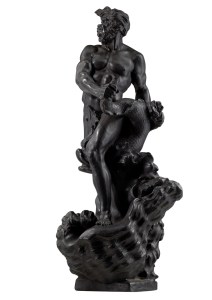
Triton (1770–76), Josiah Wedgwood and Thomas Bentley after Gian Lorenzo Bernini. Tomasso Fine Art (around £50,000).
While there are fewer dealers in the main section of Frieze Masters, their total square footage is about the same, Clements-Gillespie says, meaning that many have taken bigger stands this year. This includes Marian Goodman Gallery, whose booth dedicated to early work by the South African artist William Kentridge is likely to be a showstopper. The display focuses on works made between 1985 and 1991, a turbulent time in South Africa’s apartheid history. The booth will be designed by Kentridge’s long-time collaborator, the set designer Sabine Theunissen, and is centred around the artist’s first trademark charcoal-and-collage animation, Vetkoek – Fête Galante (1985). The display will also include unique works on paper, etchings and silkscreens from the period, such as the haunting charcoal and ink wash Let Go Scot Free (1989).
Rare books dealership Peter Harrington uses its Frieze Masters booth to remind visitors that climate change and environmentalism are not just present-day preoccupations. The gallery brings a collection of more than 800 scientific, philosophical and activist items that date back to a book on weather forecasting from 1485 by the Amiens astrologer Firmin de Beauval. Items also include a lithograph portrait from c. 1848 of Alexander von Humboldt, a scientist and explorer who was one of the first people to anticipate human-induced climate change. More recent publications include a first edition of David Attenborough’s first book, Zoo Quest to Guiana (1956). The collection, named ‘One Hundred Seconds to Midnight’, is being offered as a whole, priced at £1.7m.
There are a further 28 galleries in the ‘Spotlight’ section for overlooked artists, which is organised for the third year by Laura Hoptman, executive director of the Drawing Center, New York. Highlights include dreamlike figurative and abstract paintings by Janet Sobel (1893–1968), a Ukrainian-Jewish housewife and mother, and a self-taught artist (The Gallery of Everything, prices from £40,000). Sobel’s work was recognised in 1940s New York but slipped out of the limelight until relatively recently. James Brett, founder of The Gallery of Everything, describes her as ‘one of 20th-century art’s secret delights’. The exhibition extends down the road in his gallery on Chiltern Street (3–31 October). From across the Atlantic, Michael Rosenfeld Gallery brings spiritual, abstract paintings by Beauford Delaney (1901–79), marking the Harlem Renaissance artist’s first solo showing in the UK and coinciding with a gallery show in New York (until 13 November). Delaney’s works on paper range from $45,000 to $125,000, his paintings from $200,000 to $450,000.
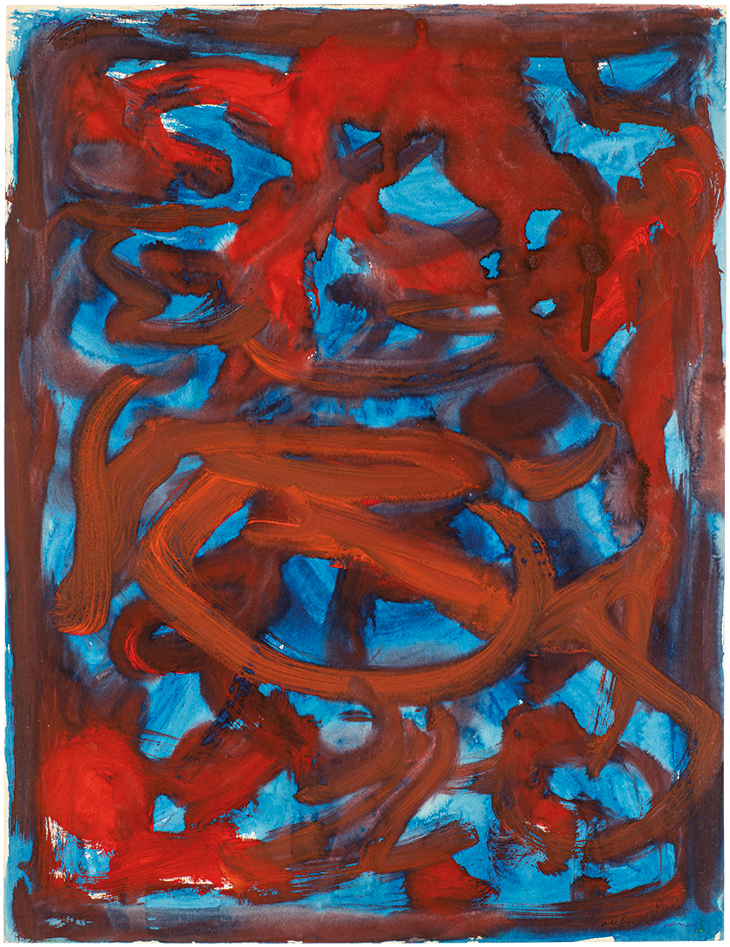
Untitled (1962), Beauford Delaney. Michael Rosenfeld Gallery ($125,000). Courtesy Michael Rosenfeld Gallery LLC, New York, NY; © Estate of Beauford Delaney, by permission of Derek L. Spratley, Esquire, Court Appointed Administrator
New to Frieze Masters this year is a section called ‘Stand Out’ for nine galleries that specialise in decorative art and design. This has been overseen by Luke Syson, director of the Fitzwilliam Museum, Cambridge, who says he had previously recommended that Frieze Masters relax its rules around this area of collecting. ‘For a long time there has been a struggle to classify objects outside of painting, sculpture and architecture. Frieze can help take the decorative out of the decorative arts by making the narrative bigger and more exciting within their kind of space,’ Syson says.
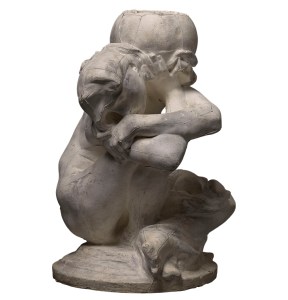
Caryatid Carrying an Urn (conceived before 1885–86; executed in 1886), Auguste Rodin. Stuart Lochhead Sculpture (£425,000).
Among the stands is a booth of Italian 16th- and 17th-century pharmacy bottles and jars through Raccanello & Leprince gallery. Rome’s Alessandra Di Castro Antichità brings porphyry items to ‘Stand Out’, include a crater-shaped vase with a bronze trim, c. 1780–90 (price on application). Sculpture made from untraditional, mutable materials comes courtesy of Tomasso gallery, including a black basalt Triton, made by Wedgwood and Bentley, after Bernini (around £50,000; Fig. 2). Stuart Lochhead Sculpture brings works in their raw plaster form including Auguste Rodin’s Caryatid Carrying an Urn (executed 1886; £425,000).
Syson acknowledges that the market for decorative and once-functional objects has become ‘livelier’ recently and attributes some of this to the impact of the Covid-19 pandemic. ‘We have all lived with objects in different ways these past 18 months, travelling only in our imaginations,’ he says.
The Covid-19 backdrop will of course be difficult to ignore at this year’s Frieze Masters. ‘We’ve spoken to galleries and collectors and have to go with what makes the least comfortable person the most comfortable,’ Clements-Gillespie explains. But, he says, the fair group’s successful outing in New York in May, which required proof of vaccines or PCR tests, as well as face masks and stringent ticketed entry times (details of requirements in London are still to come at time of writing), has been a boost to confidence. ‘It makes things complicated,’ he says, ‘but the reward of having the fair, at its usual time and in its usual slot, is worth it.’
Frieze Masters is at Regent’s Park, London, from 13–17 October.
From the October 2021 issue of Apollo. Preview and subscribe here.
Unlimited access from just $16 every 3 months
Subscribe to get unlimited and exclusive access to the top art stories, interviews and exhibition reviews.

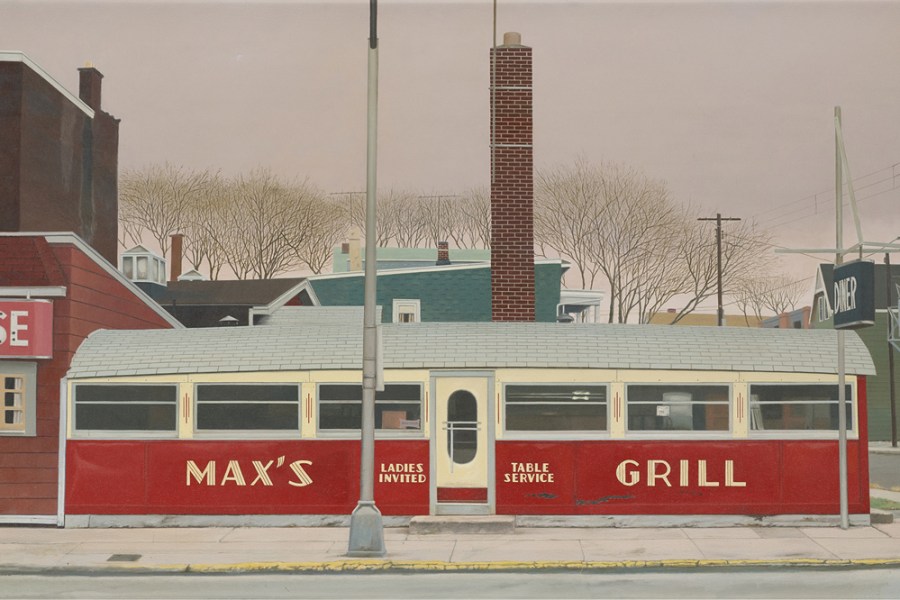
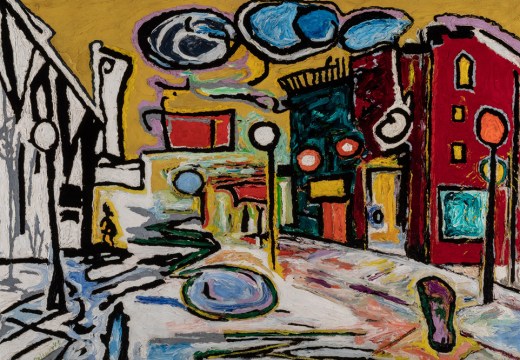
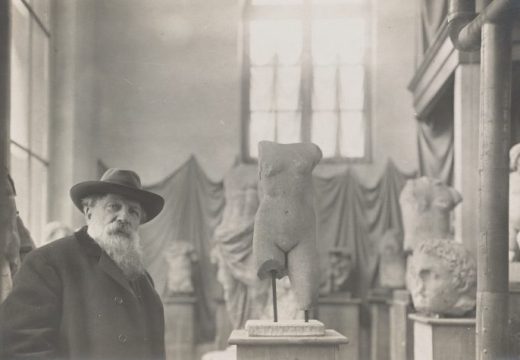
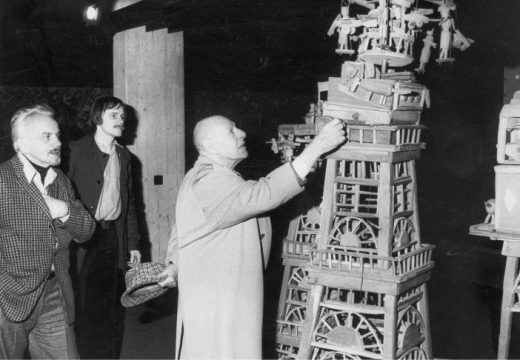









![Masterpiece [Re]discovery 2022. Photo: Ben Fisher Photography, courtesy of Masterpiece London](http://www.apollo-magazine.com/wp-content/uploads/2022/07/MPL2022_4263.jpg)
It’s time for the government of London to return to its rightful home